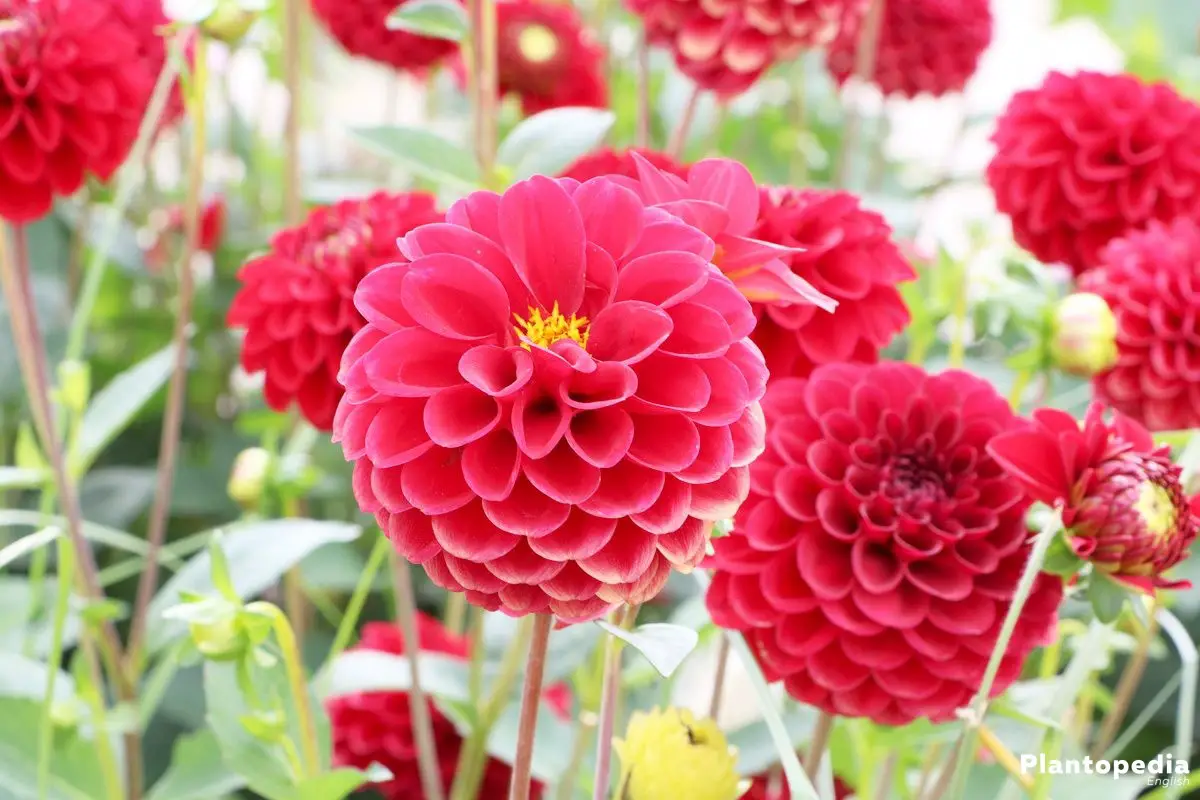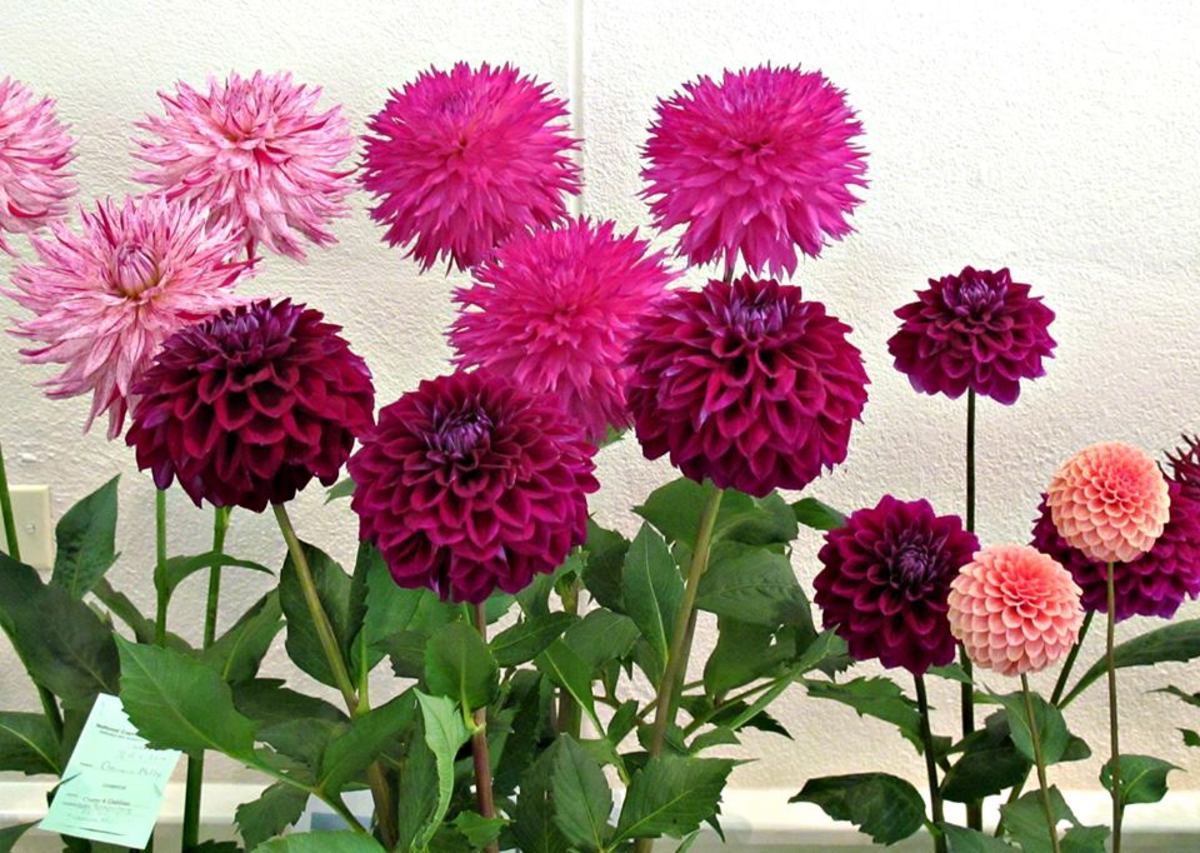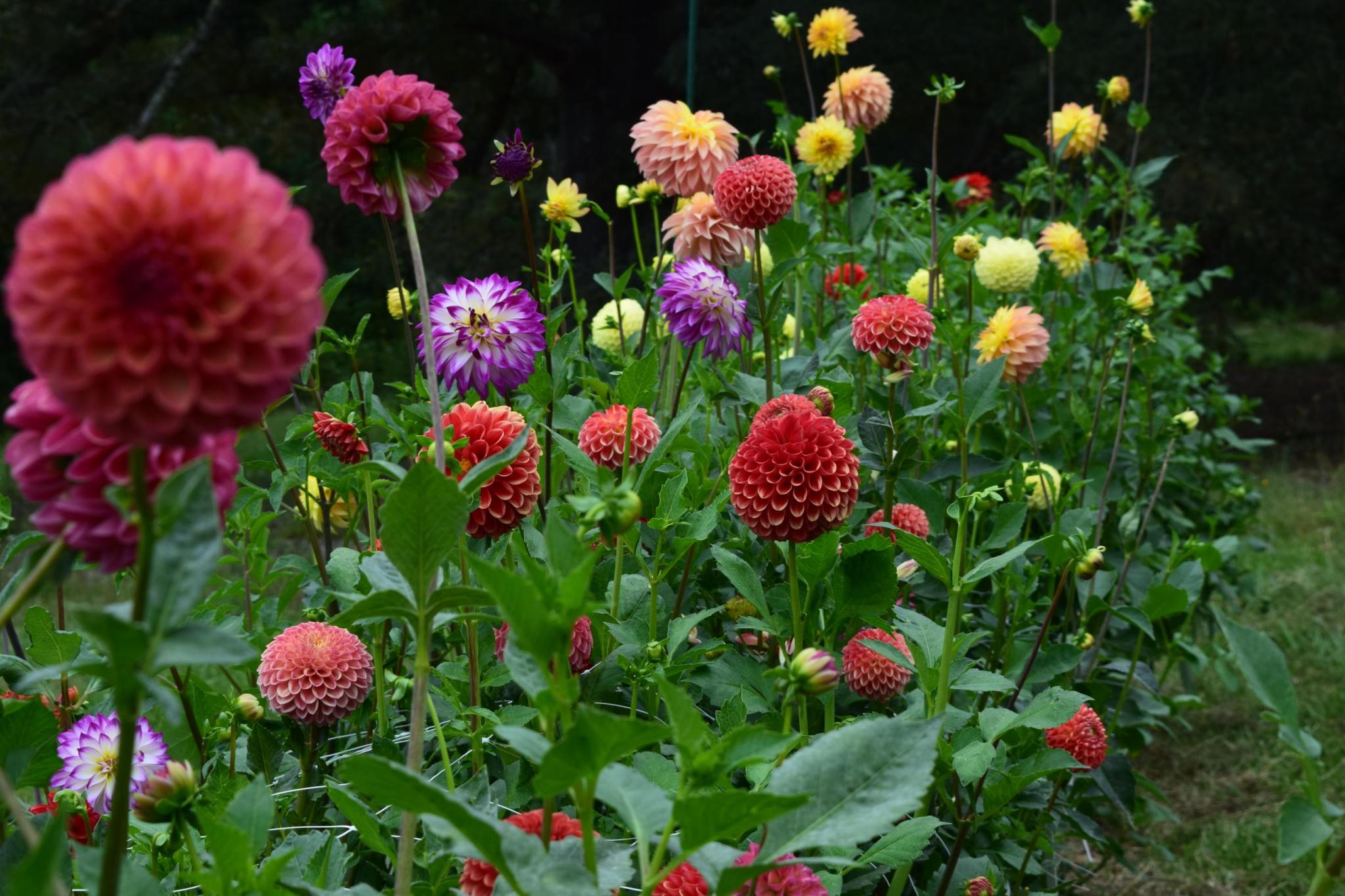Understanding Dahlia Varieties and their Growth Habits
Dahlias are a diverse group of flowers, with over 50,000 registered varieties worldwide. These stunning blooms come in a wide range of shapes, sizes, and colors, each with its unique growth habits and characteristics. When it comes to understanding how tall does dahlias grow, it’s essential to recognize that different varieties have varying heights. Border dahlias, for instance, can grow quite tall, often reaching heights of 3-6 feet (90-180 cm), while ball dahlias and pompon dahlias tend to remain more compact, typically growing between 1-3 feet (30-90 cm) tall. This variation in height is largely due to the plant’s genetic makeup, but environmental factors also play a significant role. By understanding the different types of dahlias and their growth habits, gardeners can better anticipate how tall their plants will grow and provide the necessary support and care to promote healthy development.
Factors Affecting Dahlia Height: Soil, Sunlight, and Water
While dahlia varieties play a significant role in determining their growth habits, environmental factors also have a profound impact on how tall does dahlias grow. Soil quality, sunlight exposure, and watering habits are three critical factors that can influence the final height of the plant. Dahlias grown in well-draining, fertile soil with a pH between 6.0 and 7.0 tend to thrive and reach their maximum height potential. Conversely, poor soil quality can stunt growth and lead to weaker, shorter stems. Similarly, dahlias require full sun to partial shade, with at least six hours of direct sunlight per day, to promote healthy growth and development. Inadequate sunlight can result in leggy, weak stems that struggle to support the plant’s weight. Watering habits also play a crucial role, as consistent moisture levels can encourage dahlias to grow tall and strong, while inconsistent watering can lead to stunted growth and reduced height.
How to Support Tall Dahlias: Staking and Pruning Techniques
Tall dahlias, which can grow up to 6 feet or more, require proper support to prevent them from flopping over in the wind or under the weight of their own blooms. Staking is a crucial technique to ensure these statuesque flowers remain upright and continue to thrive. One effective staking method is to use bamboo stakes or tomato cages, gently tying the stems to the support using soft twine or cloth strips. This will provide the necessary structure for the plant to grow tall and strong, without constricting its growth. Pruning is another essential technique to promote healthy growth and prevent legginess. By removing weaker stems and encouraging bushy growth, dahlias will develop a stronger, more compact habit that can support their own weight. Additionally, pruning can help control the overall height of the plant, making it easier to manage and maintain. By combining staking and pruning techniques, gardeners can create a stunning display of dahlias that will add beauty and drama to any garden or landscape.
The Average Height of Dahlias: What to Expect from Your Plants
Dahlias are known for their varying heights, ranging from compact, bushy varieties to statuesque, towering plants. On average, dahlias can grow anywhere from 2 to 6 feet tall, with some varieties reaching heights of over 8 feet. Border dahlias, for example, tend to be more compact, growing to around 2-3 feet tall, while ball dahlias can reach heights of 4-5 feet. Pompon dahlias, with their delicate, pom-pom-like blooms, typically grow to be around 3-4 feet tall. Some popular dahlia varieties, such as ‘Bishop of Llandaff’ and ‘Kelvin Floodlight’, can grow up to 5-6 feet tall, while others, like ‘Gallery Pablo’ and ‘Honka’, may only reach heights of around 2-3 feet. Understanding the average height range for dahlias can help gardeners plan their garden layouts and provide the necessary support for these stunning flowers to reach their full potential. By knowing how tall does dahlias grow, gardeners can create a visually appealing display that showcases the beauty and diversity of these flowers.
Maximizing Dahlia Height: Tips for Encouraging Vertical Growth
To encourage dahlias to grow as tall as possible, it’s essential to provide them with optimal growing conditions. One key factor is fertilization – dahlias are heavy feeders and will benefit from regular applications of a balanced fertilizer. Deadheading is another crucial technique, as it encourages the plant to focus its energy on producing more blooms rather than seed production. Additionally, providing dahlias with a trellis or stake can help support their growth and promote vertical development. By understanding how tall does dahlias grow, gardeners can tailor their care techniques to meet the specific needs of their plants. For example, taller varieties may require more frequent staking, while shorter varieties may benefit from more frequent fertilization. Other care techniques, such as mulching and dividing, can also help promote healthy growth and maximize dahlia height. By following these expert tips, gardeners can encourage their dahlias to reach their full potential and create a stunning display of color and beauty in their gardens.
Dahlia Care Essentials: A Guide to Healthy Growth
Proper care is essential for dahlias to thrive and reach their full potential. One of the most critical factors is soil preparation – dahlias prefer well-draining, fertile soil with a pH between 6.0 and 7.0. Before planting, it’s essential to prepare the soil by adding organic matter such as compost or manure. Watering schedules are also crucial, as dahlias require consistent moisture, especially during the first few weeks after planting. However, it’s equally important to avoid overwatering, which can lead to root rot and other problems. In terms of pest management, dahlias are susceptible to pests such as aphids, slugs, and snails. Regularly inspecting the plants and taking action to control infestations can help prevent damage. By understanding how tall does dahlias grow, gardeners can tailor their care techniques to meet the specific needs of their plants. For example, taller varieties may require more frequent staking, while shorter varieties may benefit from more frequent fertilization. By following these essential care requirements, gardeners can create a healthy and thriving environment for their dahlias to grow and flourish.
Common Mistakes to Avoid when Growing Dahlias
When growing dahlias, it’s essential to avoid common mistakes that can hinder their growth and prevent them from reaching their full potential. One of the most common mistakes is overwatering, which can lead to root rot and other problems. Underwatering, on the other hand, can cause dahlias to become stressed and weak, making them more susceptible to disease and pests. Another common mistake is inadequate support, which can cause tall dahlias to flop over and become damaged. To avoid these mistakes, it’s crucial to understand how tall does dahlias grow and provide the necessary support and care. For example, staking tall varieties and providing regular watering can help prevent flopping and promote healthy growth. Additionally, monitoring the plants for signs of pests and diseases and taking action to control infestations can help prevent damage. By being aware of these common mistakes and taking steps to avoid them, gardeners can create a healthy and thriving environment for their dahlias to grow and flourish.
Conclusion: Growing Dahlias to their Full Potential
In conclusion, growing dahlias can be a rewarding experience for gardeners of all levels. By understanding the different types of dahlias, the factors that affect their growth, and the essential care requirements, gardeners can create a thriving environment for these stunning flowers to grow. Remember, how tall does dahlias grow is largely dependent on the variety, soil quality, sunlight exposure, and watering habits. By providing the necessary support and care, gardeners can encourage dahlias to grow to their full potential, reaching heights of up to 6 feet or more. With the right techniques and attention, dahlias can add a touch of elegance and beauty to any garden. So, don’t be afraid to give these gorgeous flowers a try and discover the joy of growing dahlias in your own garden.








